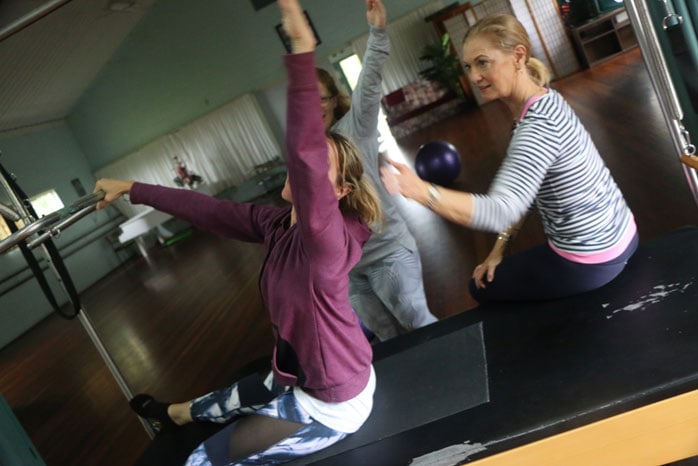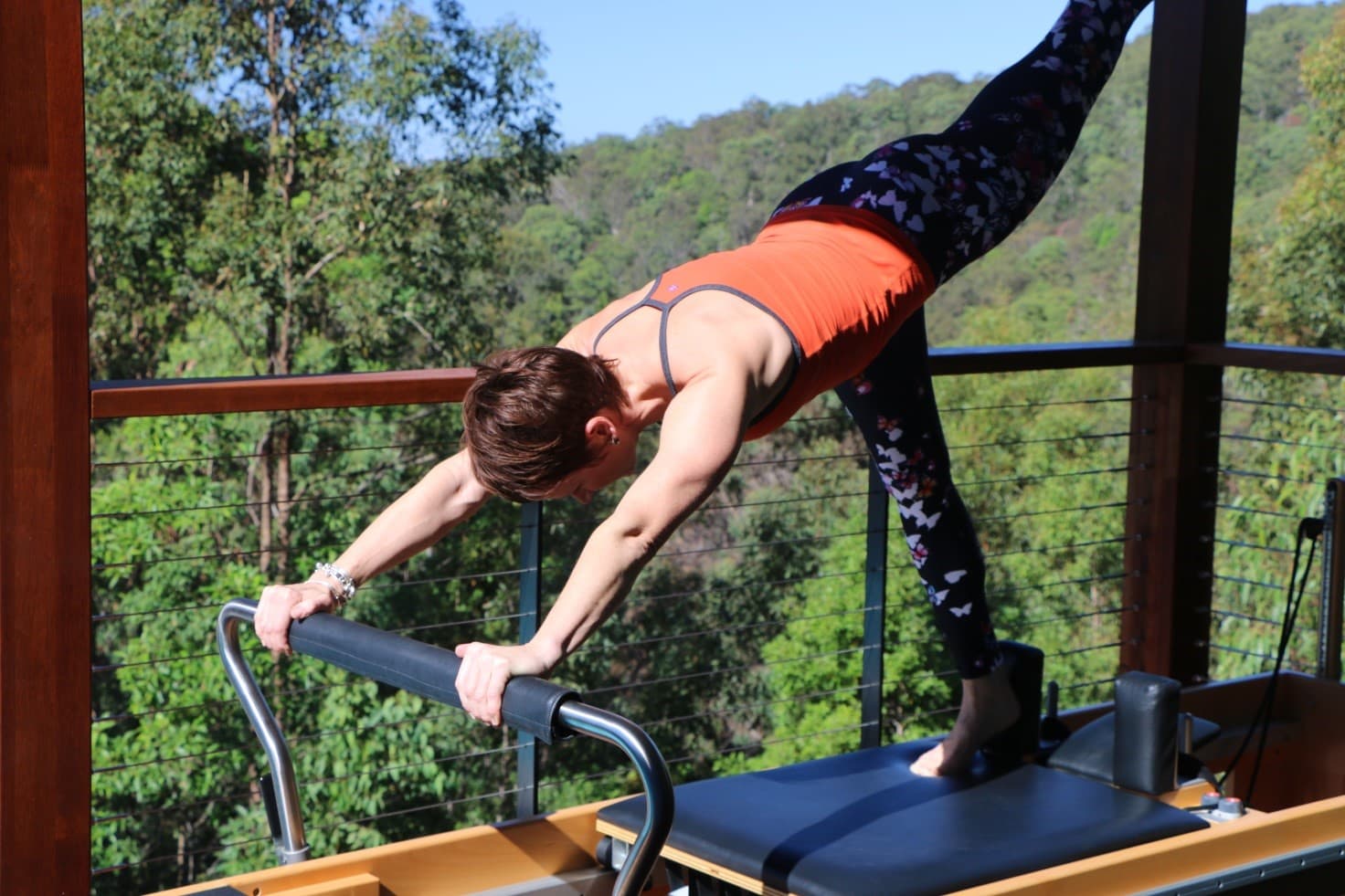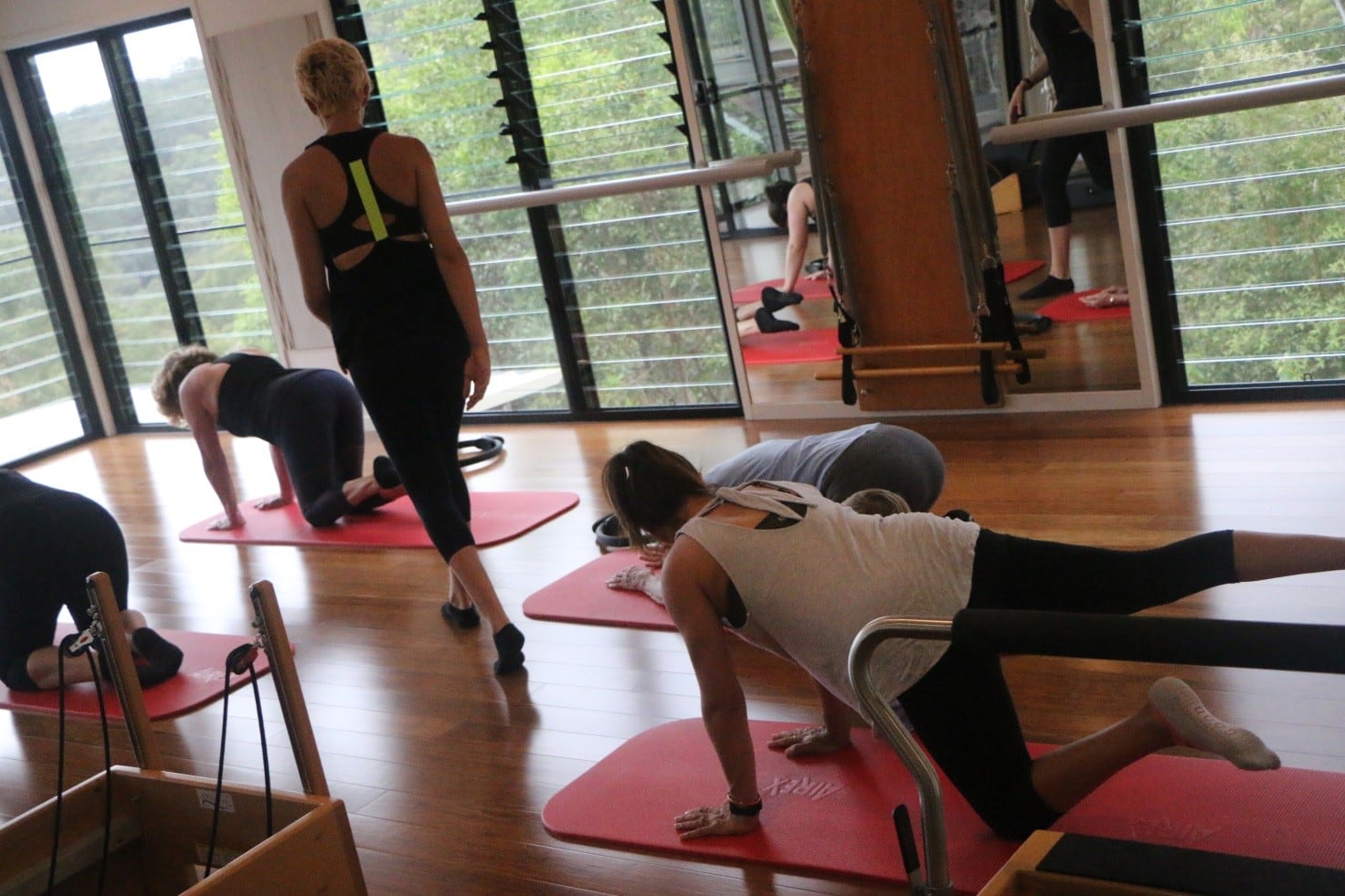
Can you Teach Pilates without Certification?
Posted on June 04, 2019 by adminPilates is an industry which is incredibly varied, both in qualifications and teaching style. To teach Pilates you are certainly encouraged to have some sort of certification- particularly if you hope to take out Public Liability or Professional Indemnity insurance for your practice. To be an instructor that is recognised by a professional association such as Pilates Alliance Australasia (PAA) or Australian Pilates Method Association you must hold a qualification through an organisation that has Nationally Recognized Training. All training organisations that are Nationally Recognised have the logo (INSERT THAT TRIANGLE LOGO SOMEWHERE!) The most common qualifications are Nationally Recognised will have a title such as; Certificate IV, or Diploma in the title of the Course. While there are also more advanced qualifications available in Exercise Science or Sports Science, such as a Bachelor and Advanced Diploma- these are usually offered by Universities and don’t necessarily include a Pilates component. Being qualified with a Nationally Recognised Diploma and becoming a member of a professional association will give you all skills you need to kickstart you Pilates career and enable you, with confidence to deliver classes and sessions to clients.
So some people ask, “Why should I not just choose a shorter course and a cheaper training option?” The hazards to such an endeavour are frequent and plentiful. With a shorter and less in depth courses there is quite often less time available to be thorough with the material that is being delivered, and the quality of the material itself comes into question. There are definitely ‘weekend’ or ‘one day’ or ‘DVD-based’ courses out there in the marketplace (very rarely are these courses Nationally Recognised) and they are sometimes (but not always!) less expensive than a Nationally Recognised Training option. Many people initially think that the Pilates repertoire is not terribly complex in itself and therefore simply memorizing a few exercises is all that is necessary to start teaching clients. While this might be true for some practitioners who may have been Personal Trainers or Yoga instructors with years of experience in teaching groups, the delivery and correct performance of the repertoire is paramount as is learning HOW to actually teach and run a session with a diverse group of clients. A sub par certification that does not delve enough into teaching techniques, Pilates anatomy and other aspects of client management may be ‘cheaper’ but should a client have questions about the muscle they are activating or stabilising or present with injuries of other conditions, you may not be sufficiently trained to know what to do. Pathologies and rehabilitative aspects which are a cornerstone of the Pilates method are often not covered at all within the shorter courses- rendering you unable to understand the importance of how Clinical Pilates can assist clients through exercise and rehabilitation.
Another factor of teaching Pilates that is seldom addressed yet of capital importance is the ability to understand the method from a client’s perspective, from the professional perspective and then marry the two with the original teachings of Joseph Pilates to create a sound learning environment. From the perspective of many clients, they may very well not know the difference between an instructor who has only taken a short course and one who has trained extensively over the period of a year or more, to them Pilates is just “that method that’s good for core and can be done on those strange machines” (The universal reformer). What they will find, however, is the attention to detail and care that the instructor takes with their body is what makes the real difference. If a client communicated that they have sustained a neck injury then they are trusting that you know your repertoire inside out and back to front to be able to fulfill the duty of care that you as the instructor have to your clients.
Then there is the subject of insurance. Insurers in the Pilates, Fitness and Wellbeing industries will often refuse to cover an instructor whose qualifications are not recognized by a professional association because the risk of injury is far greater with an under qualified instructor than one who has had training to a nationally recognised standard. If your knowledge or attention falls short and a client is injured, the whole of the blame falls upon the instructor who, ethically speaking, should have been informed and knowledgeable enough to teach the method in the way that it was being delivered.
Pilates is an extremely rewarding career, both from the financial and professional satisfaction standpoint. And it is clear that some courses are most expensive and in depth than others- primarily because they are more through, in depth and accredited by the necessary professional association(s) and National Training Authorities (ASQA LINK). We believe that education and training offer the best personal and professional investment you will make for you budding Pilates career. Don’t sell yourself short by taking the cheap way out!
Latest Blog Post

How To Become a Pilates Teacher in Australia: Your Ultimate Guide
Looking at A Career In Pilates Teaching? So, you love pilates and would like to become a qualified pilates teacher? Let’s help you get started as it can be quite confusing with all the options available. With the right guidance and qualifications tou can turn your passion into a rewarding career as a pilates …
Continue reading “How To Become a Pilates Teacher in Australia: Your Ultimate Guide”

Pilates for runners
Running is popular and accessible form of exercise for many people of all ages. However, runners can be at risk injury due to poor technique and therefore prone to developing pain or discomfort as a result of muscle imbalance or uneven gait cycles. Due to the high impact nature of running, preexisting injuries, weaknesses, imbalances, …

Benefits of mat Pilates
Pilates can promote better general fitness through improved strength and endurance, balance, flexibility, and posture- all preparing the body to be better able to engage in tasks of day-to-day life. Pilates is also an effective method for managing or improving functional limitations resulting from injury, surgery, or existing pathologies. Pilates provides a well-balanced approach to …


